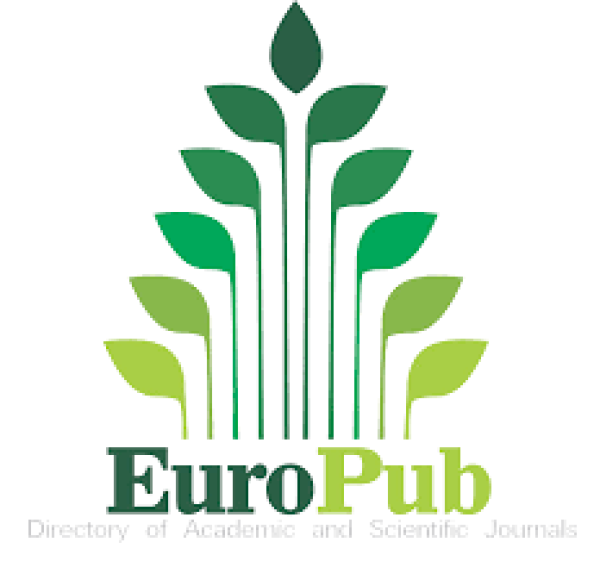Development of Integrated Solar-Powered Wireless Smart IoT-based Water Level Monitoring Embedded System
DOI:
https://doi.org/10.65141/jeraff.v4i1.n1Keywords:
Control System, Information System, Smart Farming, Water Control Infrastructures, Irrigation ManagementAbstract
Agriculture has undergone a significant transformation in recent years, driven by technologies such as the Internet of Things (IoT) and mobile internet. These advancements have greatly improved farm efficiency and profitability by simplifying operations, reducing costs, and enhancing production management. This progress is especially evident in irrigation, where traditional methods often lead to water waste and inefficiency. Smart farming solutions using IoT are crucial for addressing these challenges. In this study, the researchers developed a prototype for a solar-powered, wireless IoT-based water level monitoring system designed to optimize irrigation in paddy fields. This system included an ultrasonic sensor for precise water level measurement, a microcontroller for data processing, wireless modules for data transmission, and a solar power unit to ensure continuous operation, even without sunlight. They integrated these components and tested the system under controlled conditions to assess its performance. The testing demonstrated that the system could measure water levels with 99.50% accuracy and could operate for up to 15 hours on stored solar energy, even without sunlight. These findings suggest that the system can provide precise, real-time control over water distribution, minimizing waste and improving irrigation efficiency. The broader implications of this research indicate that IoTbased technologies can significantly enhance sustainable farming practices. Efficient water management can help address critical issues such as water scarcity and food security. Future work should focus on detailed cost analysis and real-world field evaluations to ensure the system’s practicality and effectiveness before conducting broader pilot tests in diverse agricultural environments.
References
Koval, L., Va?uš, J., & Bilík, P. (2016). Distance measuring by ultrasonic sensor. IFAC-PapersOnLine, 49(25), 153–158. https://doi.org/10.1016/j.ifacol.2016.12.026
Mohammed Shahanas, K., & Bagavathi Sivakumar, P. (2016). Framework for a smart water management system in the context of smart city initiatives in India. Procedia Computer Science, 92, 142–147. https://doi.org/10.1016/j.procs.2016.07.337
Panganiban, E. B., Plata, I. T., Bartolome, B. B., Taracatac, A. C., & Labuanan, F. R. E. (2019). Cassava leaf NDVI–artificial neural network (CaNDVI-ANN): A low-cost, portable, and non-invasive cassava plant health monitoring device. International Journal of Advanced Trends in Computer Science and Engineering, 8(6), 3555–3559. https://doi.org/10.30534/ijatcse/2019/136862019
Pernapati, K. (2018, April). IoT-based low-cost smart irrigation system. In Proceedings of the 2018 Second International Conference on Inventive Communication and Computational Technologies (ICICCT) (pp. 1312–1315). IEEE. https://doi.org/10.1109/ICICCT.2018.8473192
Sinha, B. B., & Dhanalakshmi, R. (2022). Recent advancements and challenges of Internet of Things in smart agriculture: A survey. Future Generation Computer Systems, 126, 169–184. https://doi.org/10.1016/j.future.2021.08.006
Sishodia, R., Ray, R., & Singh, S. (2020). Applications of remote sensing in precision agriculture: A review. Remote Sensing, 12(19), Article 3136. https://doi.org/10.3390/rs12193136
Soligno, I. (2019). Spatial and temporal patterns of global freshwater use for food production and trade (Doctoral thesis, Politecnico di Torino). https://doi.org/10.6092/POLITO/PORTO/2729357











